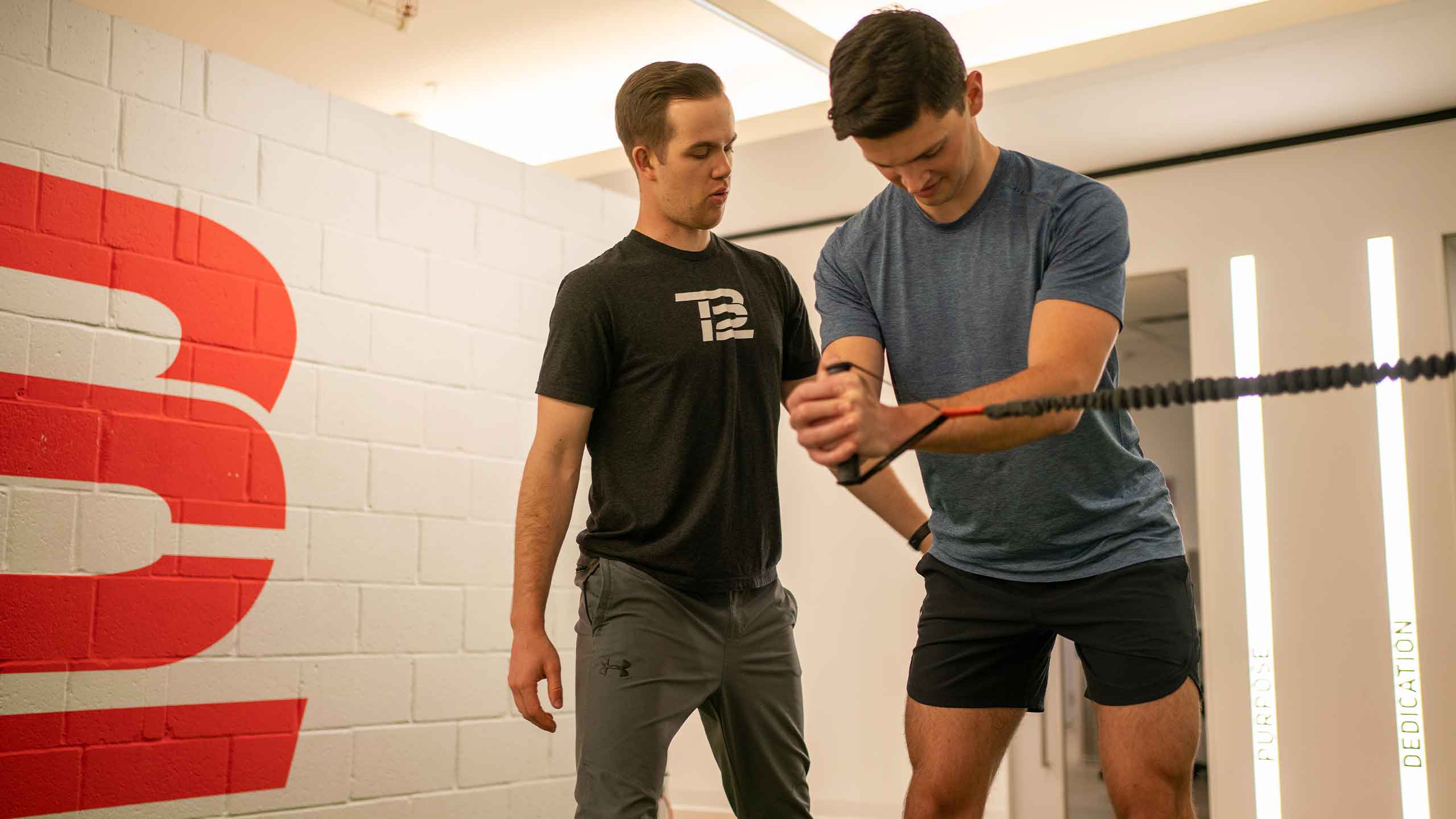This is the worst thing you can do for your golf swing in the gym

Mimicking your golf swing in the gym can ruin your performance on the course.
Getty Images
The golf swing is one of the most precise movements in sports. It requires you to utilize every muscle in your body in a specific sequence, in specific ranges of motion, and in correct tension relationships to all of your other muscles.
When you watch the best golfers in the world swing a club, they’re not consciously thinking about each of the component parts to their swing. They just start the motion and their bodies automatically know what to do. That’s because your brain links the precise movements, tension, relationships and their timing together to help you swing with speed and efficiency, imprinting the swing itself as muscle memory.
Cool, right? But what does this process have to do with fitness?
Well, one of the biggest mistakes golfers make when they start training in the gym is to take their golf swing and add weight to it. Adding a resistance band and mimicking your golf swing might seem like a good way to add power and strength to your swing, but it can also mess with your brain’s neurological imprint of your swing.
While it might seem like adding resistance to your swing in the gym would strengthen the muscles required in the exact positions you need them to be strong, it’s actually detrimental to the movement.
Adding weight to the golf swing changes the entire sequence and balance of the movement to accommodate the added resistance. It might look like your golf swing in the mirror, but you’ll wind up sending your brain mixed signals about the timing and sequence of your swing. Your brain then confuses the two sequences, so even though the muscles may be physically stronger, the movement is more inefficient.
The best way to train for golf, and all sports, is to train in ways that activate and encourage the correct muscles to fire without mimicking your golf swing.
For golfers, deadlifting activates the glutes and encourages more athletic movements to be initiated from the hips. It also creates a more stable base for your swing, helps correct early extension and encourages hip first rotation.


A split-stance single-arm cable decline chest press trains stability in the lower body and transfer of force in the core while the upper body rotates and presses. This translates to lower body and core stability in your golf swing, as well as encourages upper and lower body separation which is critical for a good golf swing.

Neither of these exercises look like your golf swing, but they will have an immediate positive impact on your game.
If you want to reap the rewards of training for golf, you have to use movements that disassociate the gym movement from your swing in your brain. You’ll get all the benefits of your workout without confusing your brain and messing up your actual golf swing.











